Among seasoned bird-listeners there is a rule of thumb: if you can’t tell what it is, it’s probably a great tit.
This is not to say that the great tit is always a mystery. It fact it has a wonderfully clear and teachable song, that actually sounds like ‘teacher teacher’.
This signature mechanical rhythm is often likened to a squeaky bicycle pump.
But they do like to mess about with it. In the following example it’s still got the mechanical quality, but the emphasis is different.
And in this one there’s an extra note, creating a bouncier rhythm.
As well as their array of bicycle pumps, great tits can make many other noises, including convincing impersonations of other species.
It’s all very confusing to the human ear, and one credible explanation for their extensive repertoire is that it’s designed to be confusing - to other great tits.
The idea goes: a vocally versatile great tit can make their neighbourhood sound fit to burst with different, territorial birds,. That’s seriously off-putting to any prospecting great tits who might try their luck there.
This notion was first put forward by ornithologist John Krebs in 1977. Studying the behaviour of great tits in woodland near Oxford, he found that the birds in places with fewer territories had a more varied repertoire of song. To help explain why this might be, he drew on the plot of a story called Beau Geste.
First published as a novel in 1924 and filmed several times since, Beau Geste is the tale of three brothers who find themselves defending a desert fort. Greatly outnumbered by the advancing enemy, they prop up the bodies of their dead comrades along the fortifications, to make it appear the place is better defended than it really is.
This is perhaps more familiar to many of us now as a feature of the film Home Alone. Macauley Culkin’s character convinces would-be burglars that his house is not, in fact, occupied by a single eight-year-old child.
Since first applied to great tits, the ‘Beau Geste hypothesis’ has been used to help explore patterns of song behaviour in other species of bird, and insects too.
Deceptive noise-making aside, great tits make their regular see-saw song in gardens, parks, woodland and pretty much any other place that has a few deciduous trees. They are often noticeable by early January, and keep their bicycles pumping through the spring.
The singer will typically be mid-way up a tree, showing its lemon-yellow flanks, black bib and thick black stripe running down to the belly.
(I wonder: how far might people go for a glimpse of this bird, if it wasn't one of our commonest neighbours?)
When not in song, great tits are often to be found foraging lower to the ground, roving along hedgerows, flitting across pathways - hanging off peanut feeders, of course - and feeding among fallen leaves.
“Help! Help!” [maracas]
With another comparison in your ear, you can sometimes pick out the presence of feeding great tits before you see them, via their distinctive alarm call.
It can sound very like the ‘chink! chink!’ of a chaffinch - but they like to follow that up with a rough chatter.
With a bit of imagination, you may hear them saying ‘help! help!’, then furiously shake a pair of tiny maracas.
Next week: Great Spotted Woodpecker
This is the fifth instalment in 2025’s cycle of Shriek of the Week. You can catch up with Robin, which includes details about how all this works, as well as Wren, Song Thrush and Blackbird.
For those in a position to do so, taking out a paid subscription to Shriek of the Week supports me to write more and keep this all going.
It also gets you an invite to our livestream-hopping Early Bird Club call - our next is 8am GMT on Saturday 1st February (tomorrow!).
To everyone who has supported Shriek of the Week: thank you.
🎶 Listen of the Week: Dawn Chorus Field Recordings
Fintan O’Brien is a cabinet maker and recordist based in Ireland, who specialises in capturing the dawn chorus, at home and on the continent.
I adore Fintan’s field recordings from Eastern Europe. They are a riot of sounds, some of which are (or might once have been) familiar to us in the UK, with many that are less so, such as Thrush Nightingales, Spotted Crakes and Blyth’s Reed Warblers.
Whether or not you can put a name to most, or even any, of the species in these rich feasts, they are a joy to listen to.
Visit Fintan O’Brien’s page on Soundcloud.
(And thanks to Fintan for generously sharing many single-species recordings that have been reproduced by Birdsong Academy)
🐦⬛ Other ways to find birds with Birdsong Academy this spring
Join a real-world early morning walkshop at Stanmer Park or Wimbledon Common in March
Explore the A-Z archive of Shriek of the Week
🦡 Changes afoot
Some news from me: I’m now lucky enough to be working with the brilliant team at Sussex Wildlife Trust. What does it mean for Birdsong Academy? We’ll see! First thoughts here.
Media credits:
Thanks to Fintan O’Brien and the British Library archive for their great tit recordings.
To hear many, many weird and puzzling examples of their advanced Home Alone skills, try the great tit pages at the xeno-canto sound archive.




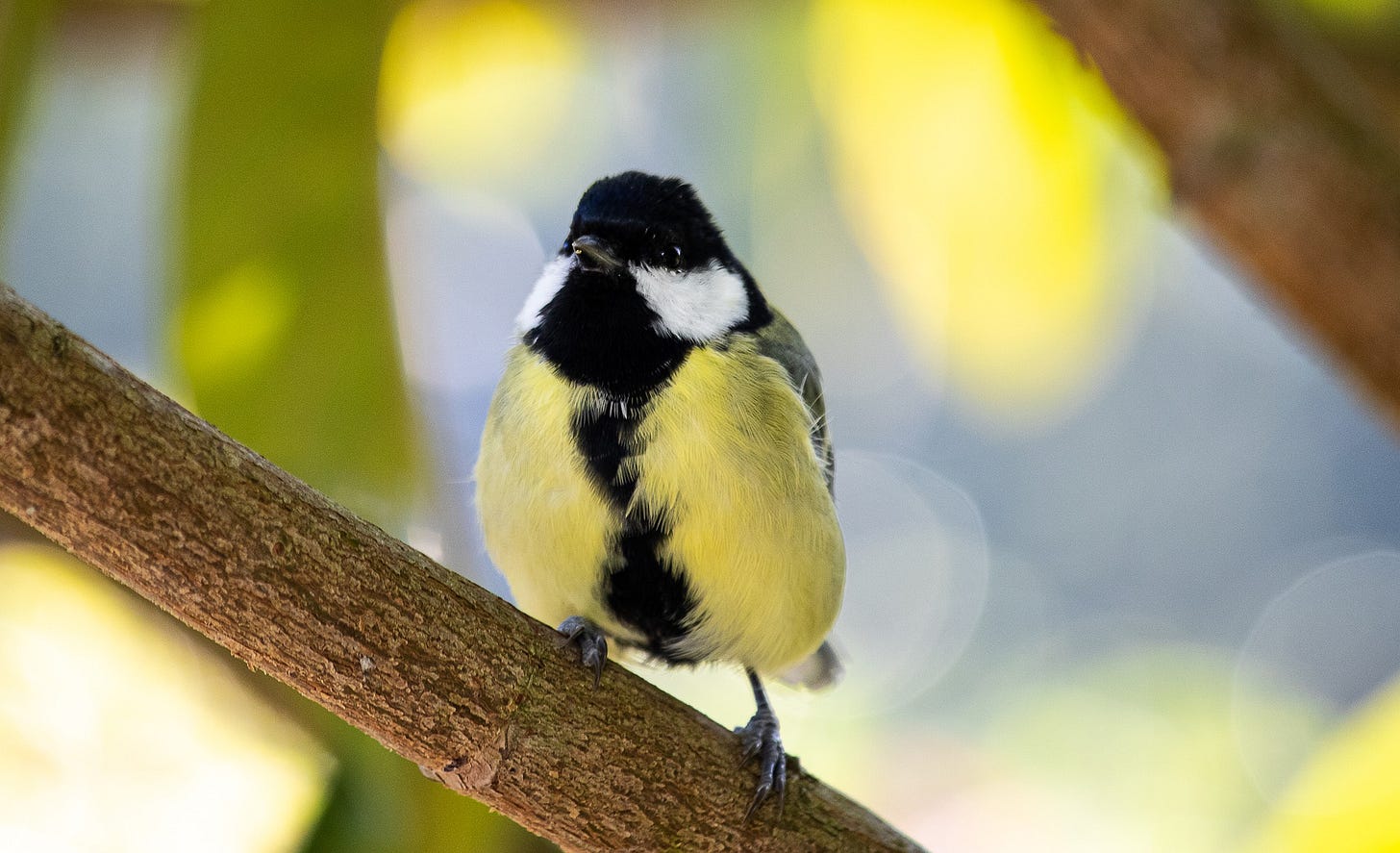

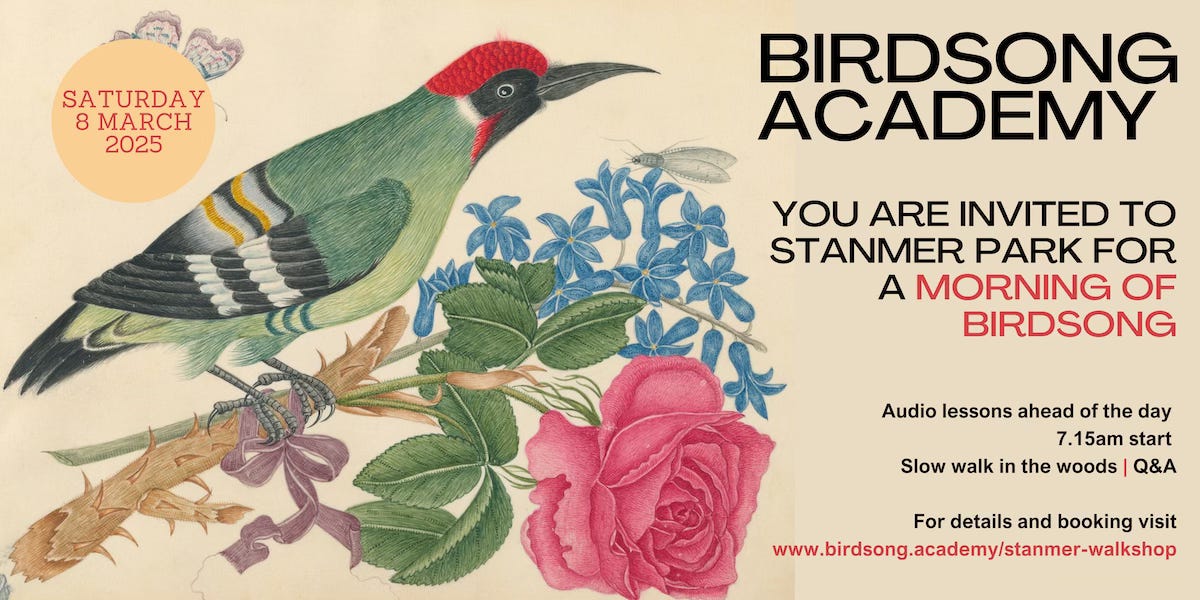


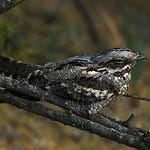
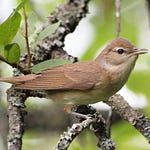

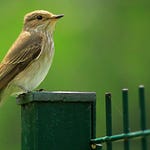


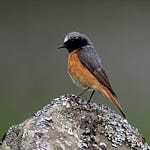
Share this post